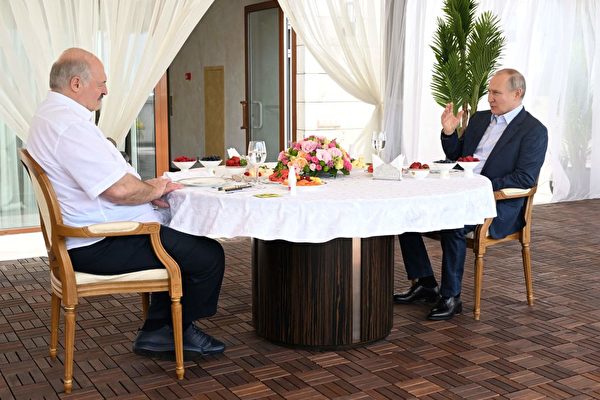The Russian Ministry of Defense announced on Monday (May 6) that they will conduct exercises involving tactical nuclear weapons, marking the first time Moscow has publicly declared such military drills.
Let’s examine the role of tactical nuclear weapons and the political message they convey from the Kremlin according to reports from the Associated Press.
Unlike intercontinental ballistic missiles with nuclear warheads that can destroy entire cities, tactical nuclear weapons used on the battlefield have a lower power, with yields as small as about 1000 tons. During World War II, the atomic bomb dropped by the United States on Hiroshima had a yield of 15,000 tons.
These battlefield nuclear weapons – such as air bombs, short-range missile warheads, or artillery shells – can be very compact and inconspicuously mounted on trucks or aircraft due to their small size.
Unlike strategic weapons that have been subject to arms control agreements between the United States and Russia, tactical weapons have never been limited by any such agreements, and Russia has never disclosed how many of these weapons it possesses or any other relevant details.
Since Russia’s full-scale invasion of Ukraine on February 24, 2022, President Vladimir Putin has repeatedly warned Western countries about Russia’s nuclear capabilities to deter them from increasing military support to Ukraine.
At the beginning of the conflict, Putin frequently mentioned Russia’s nuclear arsenal and vowed to use “all means” to protect Russia. However, as Ukraine’s summer offensive last year failed to achieve its goals while Russia gained more ground on the battlefield, Putin’s rhetoric softened.
Moscow’s defense theory proposes a scenario of a nuclear response to “threats to or even threats to Russia’s national existence” from atomic or even conventional weapons attacks. This vague wording has led some pro-Kremlin Russian experts to urge Putin to strengthen this language to compel Western countries to take these warnings more seriously.
Last autumn, Putin stated that he saw no reason to change this stance.
He said, “There is no situation threatening Russia’s national status or Russia’s national existence. I believe that anyone with a clear mind and a clear memory would not even think of using nuclear weapons against Russia.”
Last year, Russia transferred some of its tactical nuclear weapons to its ally Belarus. Belarus, a neighboring country of Ukraine, is also a neighbor of NATO member countries Poland, Latvia, and Lithuania.
Belarus’s authoritarian President Alexander Lukashenko has long urged Russia to deploy nuclear weapons within its borders. Belarus has close military ties with Russia and serves as a staging ground in the Ukraine conflict.
Both Putin and Lukashenko have stated that the deployment of nuclear weapons in Belarus is in response to what they perceive as Western threats. Last year, Putin specifically linked this move to the British government’s decision to provide depleted uranium armor-piercing rounds to Ukraine.
Neither leader has disclosed how many nuclear weapons Russia has transferred, only stating that Belarusian facilities from the Soviet era are ready to accommodate these weapons, and Belarusian pilots and missile troops have been trained to use them. These weapons have always been under Russian military control.
The border between Belarus and Ukraine stretches for 1084 kilometers (673 miles), and if Russia decides to use tactical nuclear weapons, these deployments in Belarus would make it easier and quicker for Russian aircraft and missiles to hit potential targets inside Ukraine. This also enhances Russia’s military capabilities against several NATO member countries in Eastern and Central Europe.

